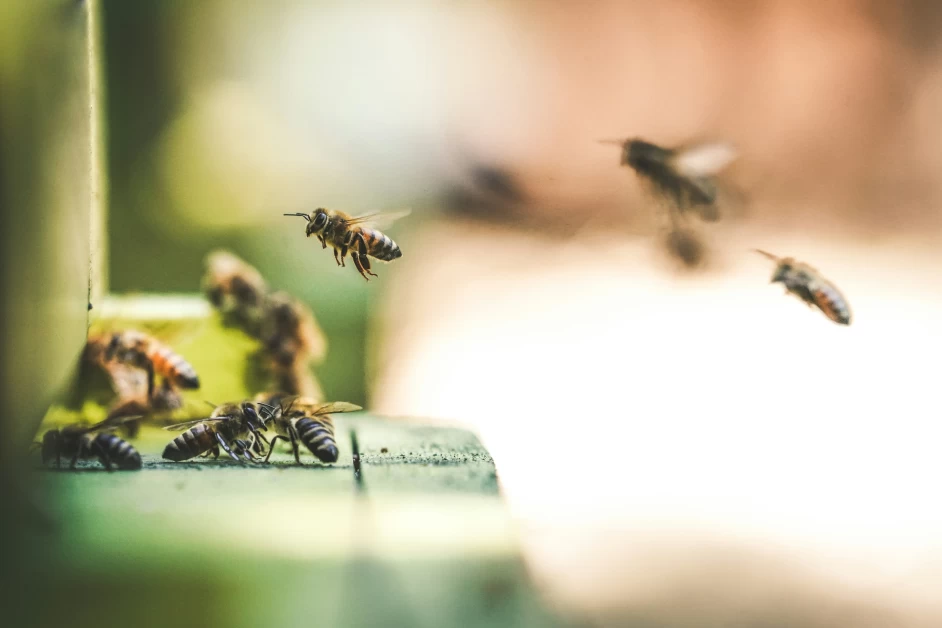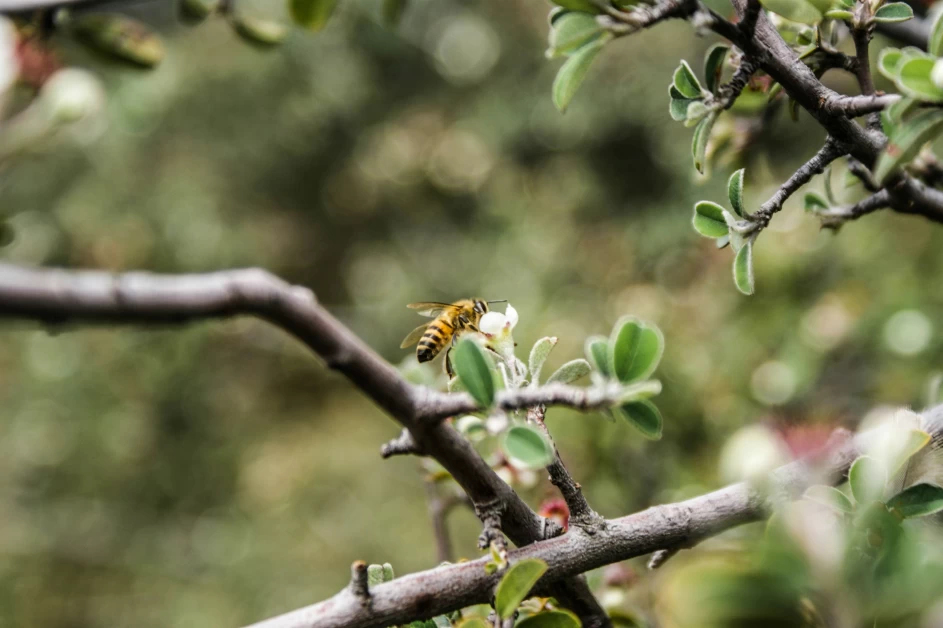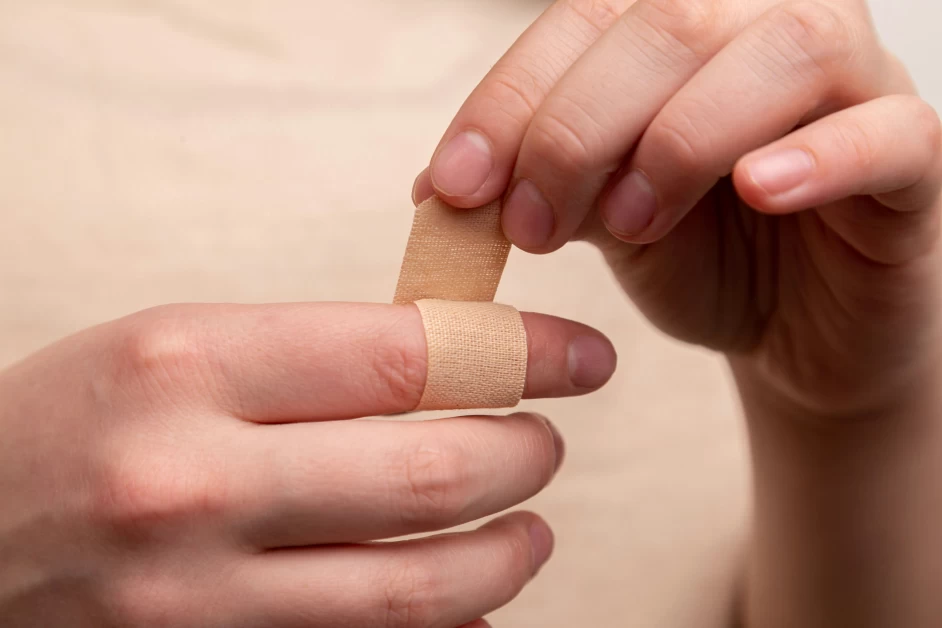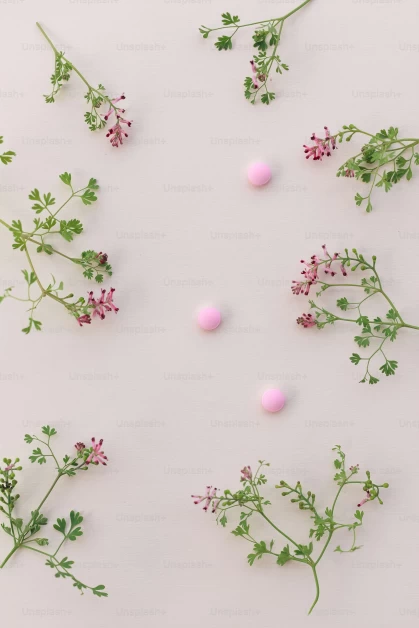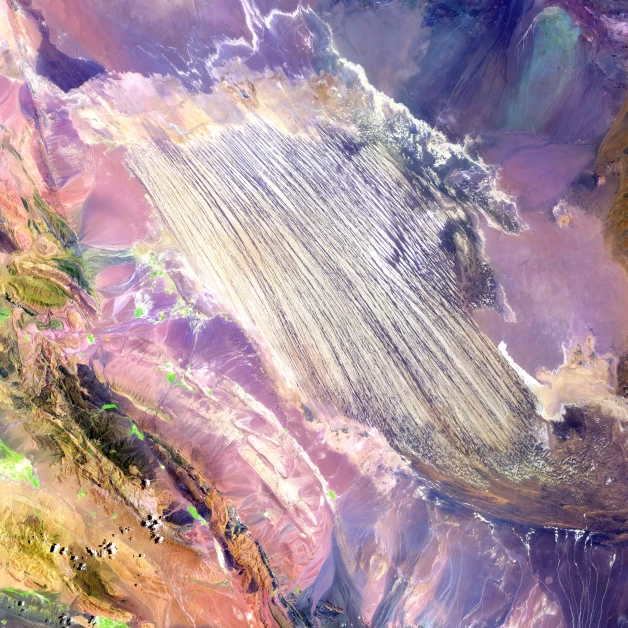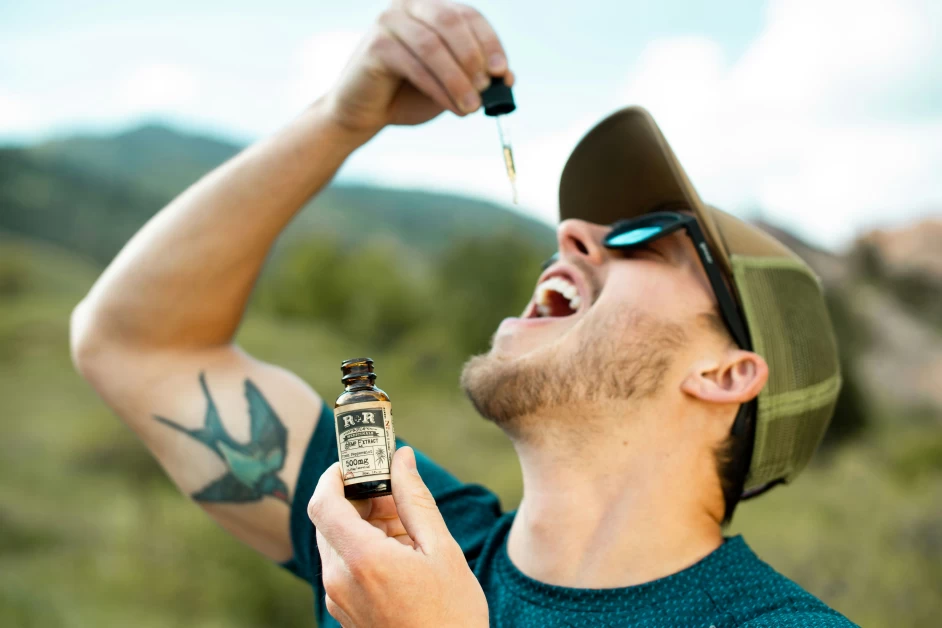Table of Contents
Are you searching for high-quality manuka honey products to nourish and heal your skin? Look no further than Phat55! Our #1 manuka honey products are specially formulated to help you achieve healthy, glowing skin that looks and feels amazing.
The Benefits of Manuka Honey for Eczema
When it comes to achieving healthy, radiant skin, the key is to use high-quality products that are made from natural ingredients. That’s why Phat55 has become the #1 choice for anyone looking to take their skincare routine to the next level. With their powerful blend of natural ingredients and advanced formulas, Phat55’s manuka honey skin care products are the perfect choice for anyone looking to achieve beautiful, healthy skin.
Soothe and Heal Your Skin with Phat55’s Manuka Honey Rosacea Cream
One of Phat55’s most popular products is their manuka honey Rosacea cream. This cream is specifically formulated to soothe and calm irritated skin, making it the perfect choice for anyone dealing with Rosacea. Plus, with its natural antibacterial properties, this cream helps to fight against the bacteria that can cause Rosacea flare-ups.
Experience the healing power of nature with Phat55’s Manuka Honey Rosacea Cream. Formulated with 100% pure manuka honey, this cream helps to soothe and calm irritated skin, while also reducing redness and inflammation associated with rosacea. With its unique blend of natural ingredients, Phat55’s cream is the perfect solution for anyone looking to achieve healthy, radiant-looking skin. So why wait? Try Phat55’s Manuka Honey Rosacea Cream today and discover the beauty of natural healing.
Get Relief from Dermatitis with Phat55’s Manuka Honey Cream
Try the soothing power of Phat55’s Manuka Honey Cream and find relief from dermatitis. This advanced formula blends 100% pure manuka honey with natural ingredients to calm inflammation, hydrate your skin, and promote healing. Say goodbye to the discomfort and irritation of dermatitis and hello to healthy, beautiful skin with Phat55’s Manuka Honey Cream.
Calm and Soothe Rosacea with Phat55’s Manuka Honey Lotion
Formulated specifically to calm and soothe rosacea-prone skin, this lotion harnesses the natural antibacterial and anti-inflammatory properties of manuka honey to provide relief and hydration to irritated skin. Say goodbye to redness, dryness, and discomfort and say hello to a healthy, radiant complexion with Phat55’s Manuka Honey Lotion.
How Manuka Honey Can Help with Eczema
Eczema is a common skin condition characterized by dry, itchy, and inflamed skin. It can be caused by a variety of factors, including genetics, allergies, and environmental triggers. If you suffer from eczema, you know how frustrating it can be to find products that effectively soothe and heal your skin. That’s where manuka honey comes in.
Manuka honey is a unique type of honey that is produced by bees that feed on the nectar of the manuka tree, which is native to New Zealand. It has been used for centuries for its healing properties and is known for its antibacterial, anti-inflammatory, and moisturizing benefits. These properties make it an excellent choice for treating eczema.
The Antibacterial Properties of Manuka Honey
One of the key benefits of manuka honey for eczema is its antibacterial properties. Eczema-prone skin is often more susceptible to bacterial infections, which can further exacerbate the symptoms of eczema. The antibacterial properties of manuka honey help to fight against these infections, reducing inflammation and promoting healing.
The Anti-Inflammatory Properties of Manuka Honey
Inflammation is a common symptom of eczema, causing redness, swelling, and discomfort. Manuka honey has powerful anti-inflammatory properties that can help to reduce these symptoms. By calming the skin and reducing inflammation, manuka honey can provide much-needed relief for eczema sufferers.
The Moisturizing Benefits of Manuka Honey
Dryness is another common issue for those with eczema. The skin barrier is often compromised, leading to increased moisture loss and dry, itchy skin. Manuka honey is a natural humectant, which means it helps to draw moisture into the skin and lock it in, providing long-lasting hydration. This can help to alleviate dryness and keep the skin moisturized, reducing the severity of eczema symptoms.
Why Choose Phat55 for Manuka Honey Products?
When it comes to choosing manuka honey products for eczema, it’s important to select high-quality, reputable brands. Phat55 is a trusted name in the skincare industry, known for their commitment to using natural, premium ingredients. Here are a few reasons why you should choose Phat55 for your manuka honey skincare needs:
-
Quality Assurance: Phat55’s manuka honey products are made from 100% pure manuka honey sourced from New Zealand, ensuring you receive the highest quality ingredients.
-
Advanced Formulas: Phat55’s skincare formulas are specially formulated to maximize the benefits of manuka honey, combining it with other natural ingredients to create powerful, effective products.
-
Proven Results: Phat55’s manuka honey products have been clinically tested and proven to deliver results. Countless customers have experienced the healing and nourishing benefits of Phat55’s products.
-
Skin-Friendly: Phat55’s manuka honey skincare products are gentle and suitable for all skin types, including sensitive skin. You can trust that your skin will be well cared for with Phat55.
-
Commitment to Sustainability: Phat55 is dedicated to sustainable practices and ethical sourcing. They prioritize the environment and the well-being of the bees that produce their manuka honey.
Conclusion
If you’re looking for high-quality manuka honey products to nourish and heal your skin, Phat55 is the brand for you. With their range of specially formulated manuka honey skincare products, you can achieve healthy, glowing skin that looks and feels amazing. Say goodbye to dryness, inflammation, and discomfort, and say hello to a healthier, more radiant complexion with Phat55’s manuka honey products. Try them today and experience the power of manuka honey for eczema.
